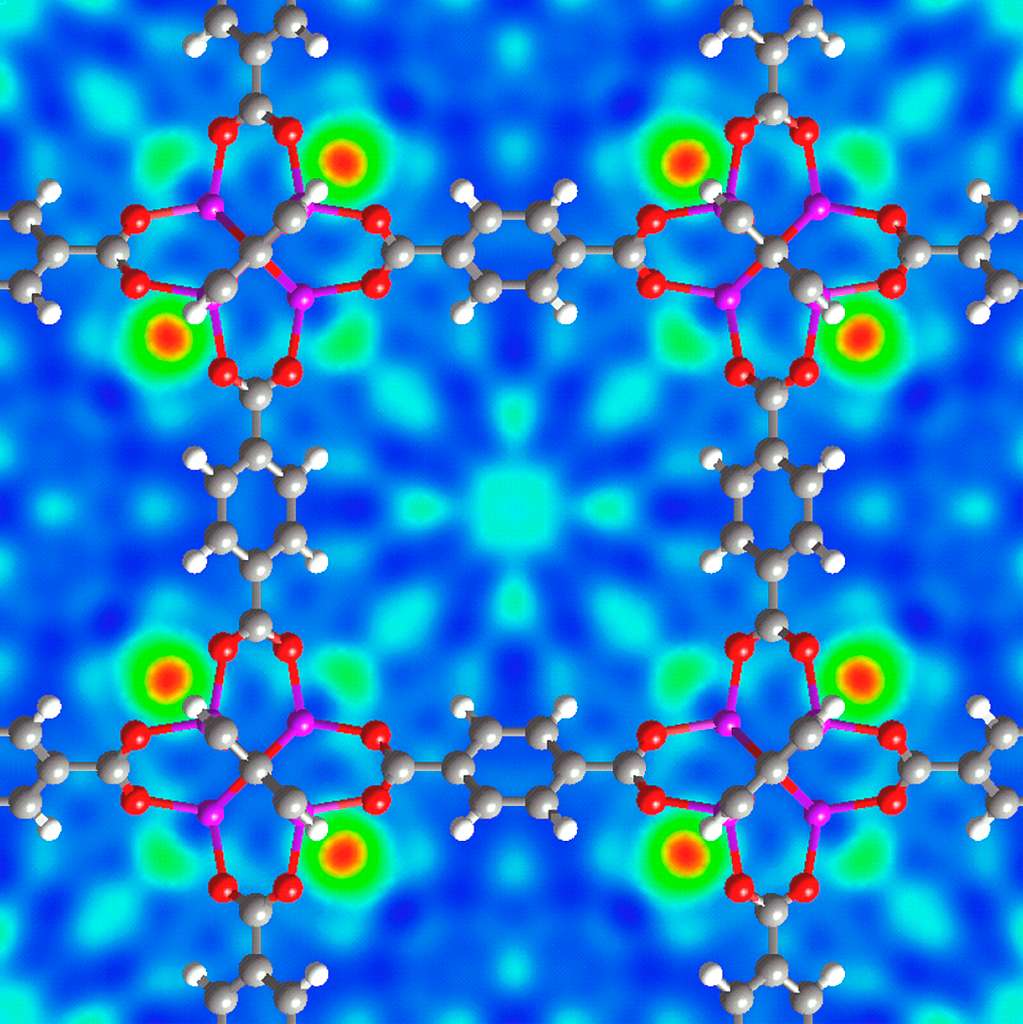
By Rachel McDonald, the Australian Science Media Centre
The Australian chemistry community is celebrating this week after the University of Melbourne's Professor Richard Robson was awarded the Nobel Prize for Chemistry alongside Japanese scientist Professor Susumu Kitagawa and US scientist Professor Omar Yaghi.
The three scientists were recognised for their work on metal-organic frameworks (MOFs), molecular structures that can be used to harvest water from desert air, capture carbon dioxide, store toxic gases or catalyse chemical reactions.
Professor Mark Cassidy, Deputy Vice-Chancellor of Research at The University of Melbourne, told the AusSMC that the award was a "wonderful day" for both Professor Robson and Australian science.
“Professor Robson is a humble man who has achieved this honour by simply doing what he loves – going into the lab every day, talking with students, thinking big chemistry thoughts for decades and running experiments," Prof Cassidy said.
"He has been a valued member of our School of Chemistry for almost 60 years and has collaborated with and inspired countless academics and students with his wisdom and the wonderful story of how he came to build the first examples of what are now known as metal-organic frameworks."
Professor Stuart Batten from the School of Chemistry at Monash University said Professor Robson published a paper in 1989 outlining and demonstrating MOFs for the first time.
"This work was later built upon by Susuma Kitagawa and Omar Yaghi to create a new type of chemistry that now sees thousands of publications a year and has applications from capturing carbon dioxide and water out of the atmosphere to new types of catalysts for cleaner chemical synthesis," Prof Batten said.
Associate Professor Alf Garcia from Macquarie University said MOFs were crystalline, "LEGO-like" sponges that have an enormous internal surface area which can be used to trap, separate and transform specific molecules.
"The later developments of Professor Kitagawa and Professor Yaghi in creating three-dimensional porous crystals set the field alight," he said.
As well as the ability to make water from humidity in the air and capture carbon dioxide, A/Prof Garcia said MOFs had a long list of uses, including the detection of explosives or harmful chemicals at low levels and making pharmaceuticals using quicker or greener chemical reactions, with research also underway into their potential use in biomedicine.
Professor Deanna D’Alessandro, Director of the Net Zero Institute at the University of Sydney, said plenty of work was still being done here in Australia on MOFs.
"Building on Richard’s pioneering work, across Australia there are researchers who are making MOFs that can tackle some of the world’s biggest problems, from removing pollutants like PFAS from water, to harvesting water from air, and capturing greenhouse gases like carbon dioxide," she said.
"Just one teaspoon of a MOF can have the surface area of a football field. What began as fundamental scientific curiosity has grown into a transformative innovation, and it’s a reminder that chemistry offers powerful solutions to global problems."
She said Professor Robson's story was a timely one to be told.
“Australia’s Nobel Prize win for Metal-Organic Frameworks (MOF) is a powerful example of how years of sustained effort and support on long-term scientific research leads to real-world impact in clean energy and beyond - especially at a time when the value of research is under debate," she said.
University of Melbourne Vice-Chancellor Emma Johnston AO said MOFs were an example of the success stories that come out of the fundamental research being done at Australian universities.
“This is the kind of blue-sky research that not many people get the opportunity to explore, and even fewer make the kinds of breakthroughs Professor Robson has achieved. Australia needs to recognise that this long-term fundamental research is what allows us to then translate that research into products, like the ability to store and transfer hydrogen safely," she said.
"This is a testament to Professor Robson and others who are inspired and motivated by a deep curiosity about how the world works, and to the institutions that support and enable long-term fundamental research for the benefit of society."
You can read the full Expert Reaction here
This article originally appeared in Science Deadline, a weekly newsletter from the AusSMC. You are free to republish this story, in full, with appropriate credit.
Contact: Rachel McDonald
Phone: +61 7120 8666
Email: info@smc.org.au